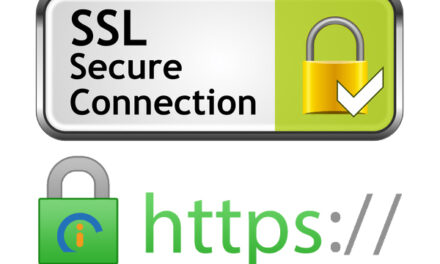If you have followed blogs here, you’ll know that we are fan of unique introduction of articles, particularly when they bring something distinctive to the users. Today we can discuss about how to prevent fraud using Data analytics.
It is seen that global data volumes continue to grow exponentially and this data can be harmful to quickly identify unusual patterns or red flags. In addition historically, this was not possible through traditional auditing techniques or sampling alone.
Most importantly the management and audit teams need a more powerful analytics platform to identify fraud patterns that may have previously gone undetected. For firms or groups just starting to use data analytics to prevent or detect fraud, this can seem time-consuming or even impossible. It’s not.
Look out for five-step plan that will qualitatively assist you deploy data analytics as part of your anti-fraud program.
- You can identify fraud risk factors.
- Immensely identify areas susceptible to fraud schemes.
- Better to understand relevant data sources.
- You can mix, match, and analyze the data.
- Also share insights and schedule alerts.
Baseline Trends
The main goal of data analytics is to generally detect potential fraud by spotting anomalies or deviations from “normal” behavior or patterns. In order to do that, quality expert establishes a baseline of non-fraudulent activity to compare to the suspicious dataset.
Good to take a Proactive Stance
It is seen that the longer fraud goes undetected, the more costly it becomes. By enabling firms to be more proactive rather than reactive in detecting fraud, data analytics assists to minimize the damage.
Example for real-world examples
PayPal
They professionally use data analytics to protect its customers against fraud. The firm wholly analyzes historical payment data to identify factors that are closely associated with potential fraud, such as the kind of device used, country of origin and certain info from user profiles.
The company utilizes these details to develop machine-learning algorithms that evaluate each transaction for signs of fraud.






